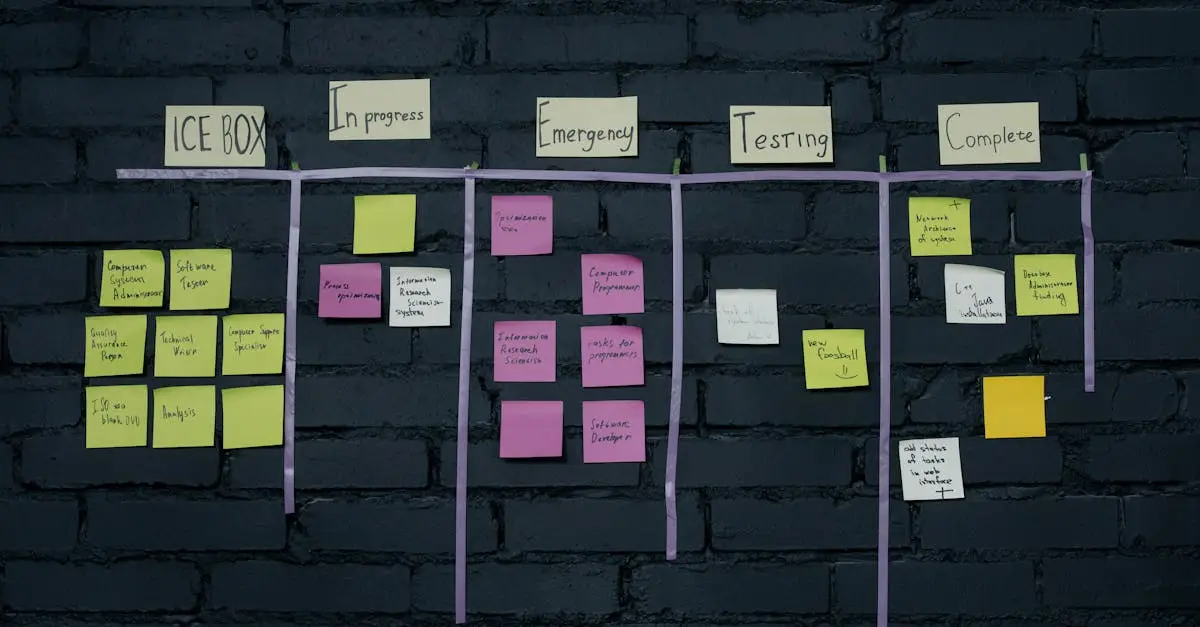Quantum Computing: Transforming Financial Shared Services Efficiency
Let’s be real for a moment. Are you tired of the inefficiencies in financial shared services? Do you often feel like you’re buried under mountains of data with no way out? Let’s talk about a pretty exciting trend that’s causing waves—quantum computing. It sounds like something out of a sci-fi movie, but it’s real and it’s here. Many in the shared services industry are starting to take notice, and if you haven’t yet, now is the time to start exploring how this technology can transform our work. The Basics of Quantum Computing Okay, let’s keep this simple. Quantum computing is about harnessing the strange laws of quantum mechanics to process information. Traditional computers rely on bits (those familiar 1s and 0s), whereas quantum computers utilize qubits. This allows for exponentially faster processing. Think of it this way—conventional computers would take forever to solve complex problems, while quantum computers can perform in seconds what would take traditional systems years. This speed can revolutionize financial shared services efficiency. Improving Process Optimization with Quantum Computing One of the biggest perks of quantum computing is its potential for process optimization. Here’s how it can make your life easier: Data Analysis: Imagine sifting through tons of financial data in real-time, spotting patterns, and making informed decisions without delays. Predictive Analytics: Get ahead of trends. Quantum algorithms can help in forecasting market movements far more accurately than before. Fraud Detection: Billions are lost to fraud annually. Quantum computing can enhance detection methods by analyzing behaviors and transactions rapidly. Share Real Stories Let’s create a relatable picture. Picture a finance team juggling numbers, reports, and audits. Every month, they spend countless hours reconciling accounts, etching away at productivity. Now, envision a new world where quantum computing automates the majority of these tasks. It’s not some theoretical concept; it’s happening. The Challenges We Face Trust me, it’s not all sunshine and rainbows. There are challenges. Adopting quantum computing comes with hefty costs and complexity. Not every organization is ready to make that leap. However, if you start small by investing in foundational technology, you’ll be better positioned to adopt quantum solutions down the line. Strategic Investments and Talent Development Financial shared services leaders should prioritize strategic investments. Here’s where to start: Educate Your Team: Build quantum literacy among staff. Consider workshops or partnering with universities. Leverage Partnerships: Collaborate with tech firms specializing in quantum solutions. Use their expertise to guide your journey. Test Solutions: Pilot projects can shed light on potential benefits without risking your entire budget. Real-World Applications in Financial Services Let’s look at some actual applications. Financial institutions are already experimenting with quantum computing for: Risk Management: Quantum algorithms can simulate multiple market scenarios to evaluate risks effectively. Optimization Problems: Portfolio optimization becomes a walk in the park. Jumping on the Quantum Bandwagon So, what’s stopping you from diving into this groundbreaking tech? The shared services space demands agility and innovation. Embracing quantum computing can elevate your organization above the competition. We’re at a critical juncture, and businesses that embrace technology will thrive. Consider making your voices heard; advocate within your organization to start those conversations about quantum computing. Get the wheels turning now before it’s too late. Keep Learning, Keep Growing Remember, knowledge is power. The more you understand quantum computing and its implications, the better equipped you will be to navigate change. Make it a habit to keep up with the latest trends in the shared services industry. For more insights on topics like transformation, innovation, and leadership, don’t forget to check out THEGBSEDGE blog.
Quantum Computing: Transforming Financial Shared Services Efficiency Read More »








